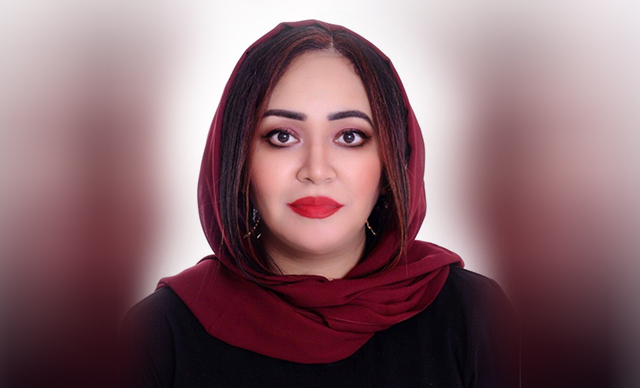UAE METEOR
MONITORING
NETWORK
ABOUT
The UAE Meteor Monitoring Network project is funded by the UAE Space Agency and operated by the Sharjah Academy for Astronomy, Space sciences & Technology (SAASST). The purpose of the project is to monitor the sky for any type of space debris whether it is human-made like satellites or meteors and fireballs. The network consists of three towers, each equipped with 17 cameras, distributed at different locations in the UAE (Sharjah, Al-Yahar, and Liwa) to cover the majority of the UAE sky. The meteors are detected through different types of sensitive cameras (6 mm, 8 mm, and a fisheye lens). A special software is used to analyze the captured space debris data and projects the trajectory and the possible landing location in the UAE.
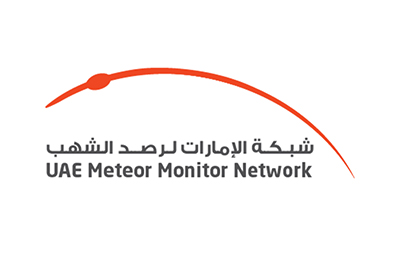
Mission ...
Vision ...
Be a leading center for meteor-related science
Inspire the public to look out for meteors and act as additional stations
Initiate studies about meteors throughout history until modern times
Establish a scientific society that could initiate meteor-related projects
Build capabilities in understanding meteor shower phenomena
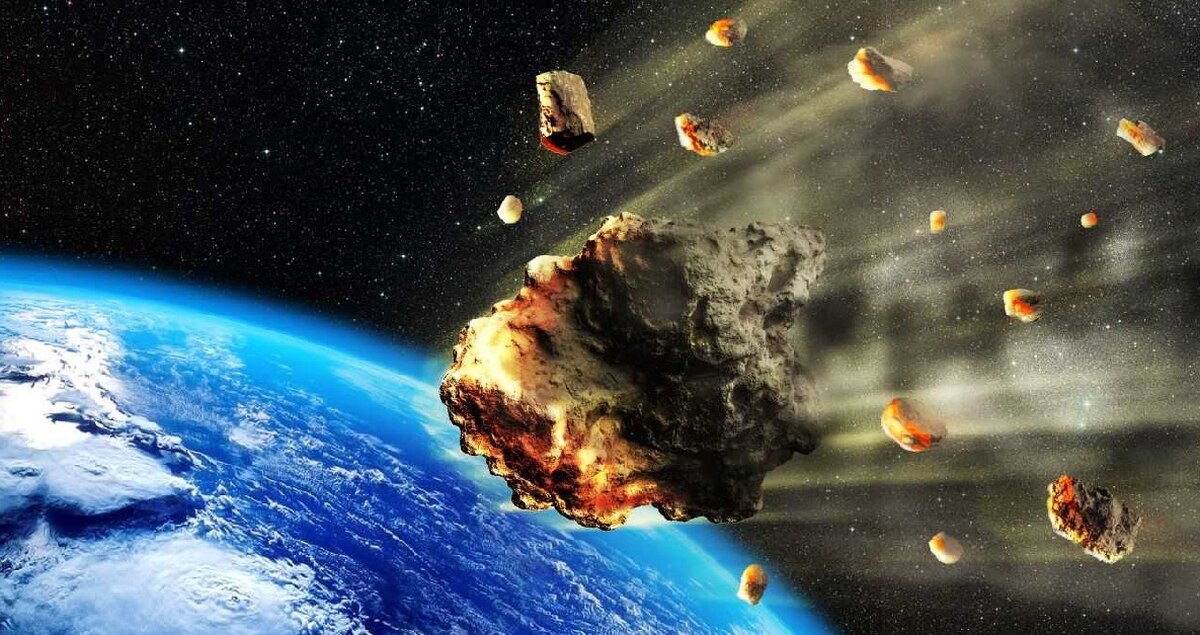
Main Objectives
Observe and analyze meteors and fireballs
Approximate possible landing location
Provide monthly and annual statistics for meteor detection
Conduct academic research about meteor with the help of the UAEMMN
Take part in the UAE Space Situational Awareness Program
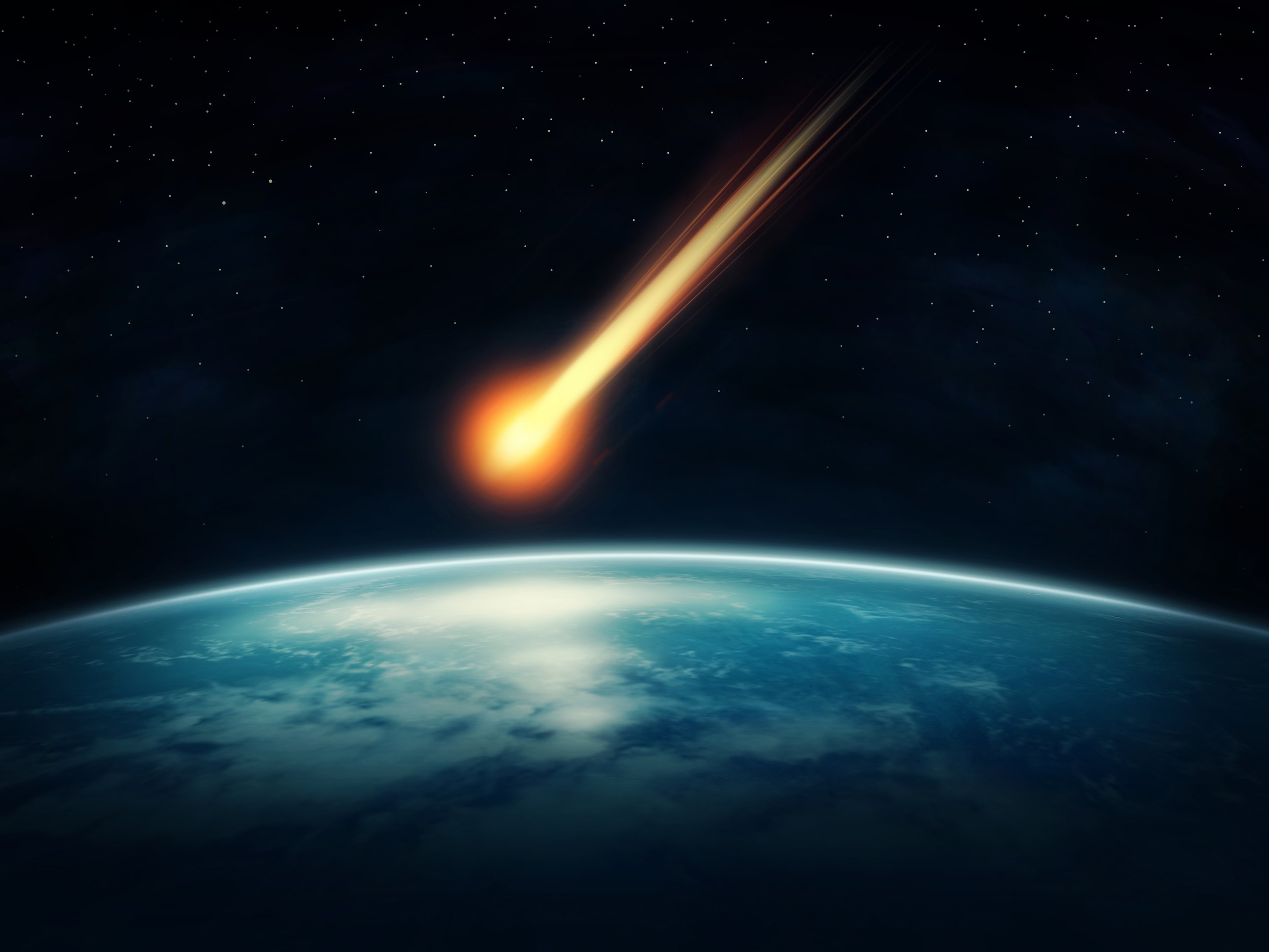
WHAT IS A METEOR?
COLLABORATORS
The UAE Space Agency
The UAE Space Agency is a federal agency that was created under Federal Law by Decree No. 1 of 2014. The space sector includes all projects, activities and programs related to outer space. The decree stipulates that the UAE Space Agency works in line with the Council of Ministers and has an independent legal position, enjoying financial and administrative independence as well as the legal capacity necessary to direct all activities that will ensure the achievement of its objectives. The law defined that the main headquarters of the Agency are to be in Abu Dhabi, and the Agency is to have a branch in Dubai. The Board of Directors may establish branches or other offices within and outside the state.
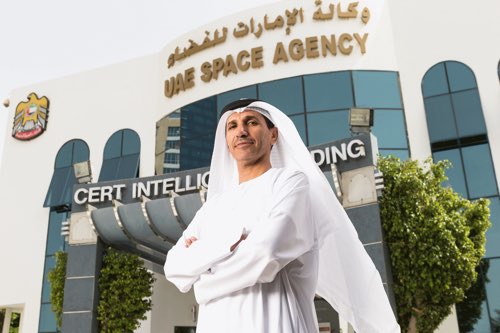
OUR TOWERS
Sharjah Tower
Sharjah Tower
The Sharjah station is located in the Sharjah Academy for Astronomy, Space sciences & Technology and it is equipped with 17 cameras. The tower is controlled directly since it is in SAASST and remotely for conducting analysis.
Al Yahar Tower
Al Yahar Tower
Al-Yahar tower is the second tower in our network, and it is located on the east side of the country, specifically Al-Ain. The tower usually observes many meteors that the third tower observes, hence we receive a lot of double detections from the second and third tower.
Liwa Tower
Liwa Tower
To ensure covering the southern part of the country, the Liwa tower was located in southern abu-dhabi. This tower is the third tower in our network, and it is the one with best results because of its desert location and low light pollution percentage in the area.
Tower locations

How We Work ..!
A specialized team sorts out the data incoming from all the towers in the form of videos and pictures.
The filtered data is then analyzed and potential data is extracted from them
We follow and analyze the meteor from its orbit until it falls ...
The UAEMMN stations operate from sunset to sunrise, and the UFO Capture software is used to detect and capture meteors throughout the mentioned period. Following that, the data is received and filtered out where only meteor-containing files are kept. Upon data reduction, the data is fed into the UFO Analyzer to analyze the videos, extract each meteor’s pertinent information, and draw its trail map. As a final step, the analyzed files are then fed into the UFO Orbit for mapping the radiant point for the meteors using orbits determination. Possible landing locations are also extracted.
UAEMMN Activities
Conference
Training
Workshops
Interns
Latest detection FROM OUR TOWERS
DATA FROM UAEMMN TOWERS
Annual Observations




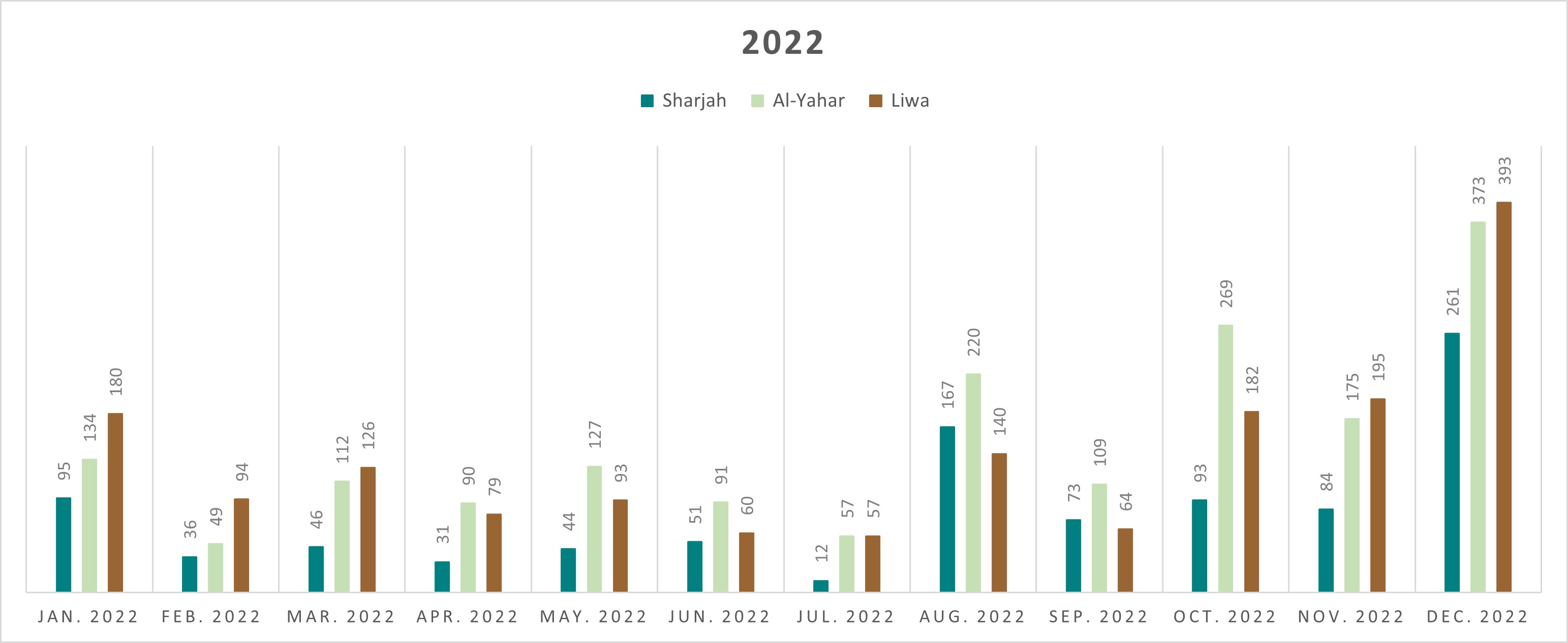
Meteoric Events
May 2023
Eta Aquarids
The Eta Aquariids meteor shower of 2023, derived from Halley's Comet debris, graced our skies from April 19 to May 28, peaking on May 5 and 6. Despite challenging viewing conditions in the Northern Hemisphere, the spectacle was best observed during the early hours of the morning. With a peak rate of around 55 meteors per hour under ideal conditions.
May 2023
Apr 2023
Lyrids Meteor Shower
The Lyrids, which are one of the earliest known meteor showers, will be active from April 15 until April 29, 2023. The meteor shower's radiant is close to Vega, the brightest star in the Lyra constellation. Lyrids are expected to peak in late April, on the nights of April 22–23.
May 2022
Eta Aquariids Meteor Shower
The Eta Aquariids meteor shower originates from Halley's Comet. The shower activity starts from 15th April to 27th May, reaching its peak rate on May 4-5, 2022 night.
May 2022
Apr 2022
Lyrids Meteor Shower
The Lyrids meteor shower will be active from April 15 to April 29. The radiant of the meteor shower is located in the constellation Lyra, near its brightest star, Vega. This year, the shower is expected to peak on April 21-22 night.
Jan 2022
Quadrantids Meteor Shower
The year begins with Quadrantids meteor shower, with a possibility to be one of the strongest showers of the year! The shower is expected to peak on January 2-3 night.
Jan 2022
Meet Our Team



